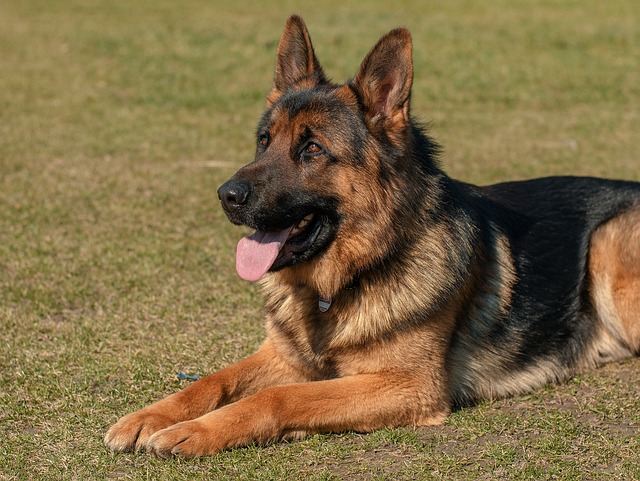
How can I tell if my dog's heatstroke is serious
Let’s be real: It’s a sticky August morning in Los Angeles, and you took your 2-year-old Golden Retriever, Max, for a walk a little later than usual
Watching your dog grow old is a gift, but it also comes with new worries—like wondering if their slower pace or naptime habits are just aging or signs of trouble. For new dog owners in the U.S. caring for a senior pup, learning to spot signs of good health can ease those concerns and help you provide the best care.
Senior dogs experience natural changes as they age, but there’s a difference between “normal aging” and health issues. Their metabolism slows, joints may stiffen, and energy levels drop, but these changes should happen gradually. Veterinarians explain that a healthy senior dog maintains consistent habits—sudden shifts, like refusing food or struggling to walk, are red flags. Think of it like how humans age: a little stiffness in the morning is normal, but sudden pain or confusion needs attention. A healthy old dog’s body still functions well enough to enjoy daily activities, just at a gentler pace.
Here’s how to check your old dog’s health. Start with appetite: They should still look forward to meals, even if they eat a bit less. A sudden refusal to eat could mean dental pain or organ issues. Next, observe their movement: Slow walking is normal, but limping, difficulty standing, or avoiding stairs might signal arthritis or joint pain. Check their bathroom habits—regular, well-formed bowel movements and consistent urination (not too frequent, not too little) are good signs. Watch their coat and skin too: A shiny coat, clear eyes, and clean ears show they’re getting proper nutrition and care, while dull fur, red eyes, or lumps need a vet visit. Finally, note their mood—they should still greet you happily, even if they nap more.
In the U.S., keeping your senior dog healthy ties into legal and cultural responsibilities. Legally, rabies vaccination is mandatory for all dogs, including seniors, in almost every state—proof of vaccination may be required if you take them to parks or boarding facilities. When out in public, always clean up after them; cities like Seattle or Boston enforce strict fines for uncollected waste, regardless of age. Culturally, kindness matters most—never scold or punish an old dog for accidents (incontinence is common with age) or slow movement. Use positive reinforcement, like gentle praise when they climb stairs, to encourage them. If you live in an apartment, add ramps near couches or beds to aid mobility, and stick to short, frequent walks to respect their energy. In the community, keep them leashed but let them sniff at their own pace—senior dogs thrive on calm, low-stress outings.

Knowing your old dog is healthy means noticing the little things. By staying observant, keeping up with vet check-ups, and offering patience, you’ll help your senior companion enjoy their golden years comfortably and happily.

Let’s be real: It’s a sticky August morning in Los Angeles, and you took your 2-year-old Golden Retriever, Max, for a walk a little later than usual

You're enjoying a summer afternoon at the park when you notice your dog has stopped panting and appears disoriented - their gums are bright red

Let’s paint the picture: You’re in your Denver apartment, watching your 4-year-old Boston Terrier, Ruby, plop down mid-play session with her favorite toy

Many dog owners notice their pets nails seem shorter after regular walks,but how much does this daily activity actually help?The answer depends on where you walk—concrete sidewalks or asphalt streets gently file nails as a dog's paws hit the ground

Most dog owners notice their pup scooting across the carpet at some point, but few connect it to impacted anal glands. These small sacs near a dog’s rectum secrete a scent for marking territory

Most vets agree that regular dog teeth cleaning is key to avoiding painful dental issues later. For healthy adult dogs, a professional cleaning at the vet’s office every 12 to 18 months usually works well.